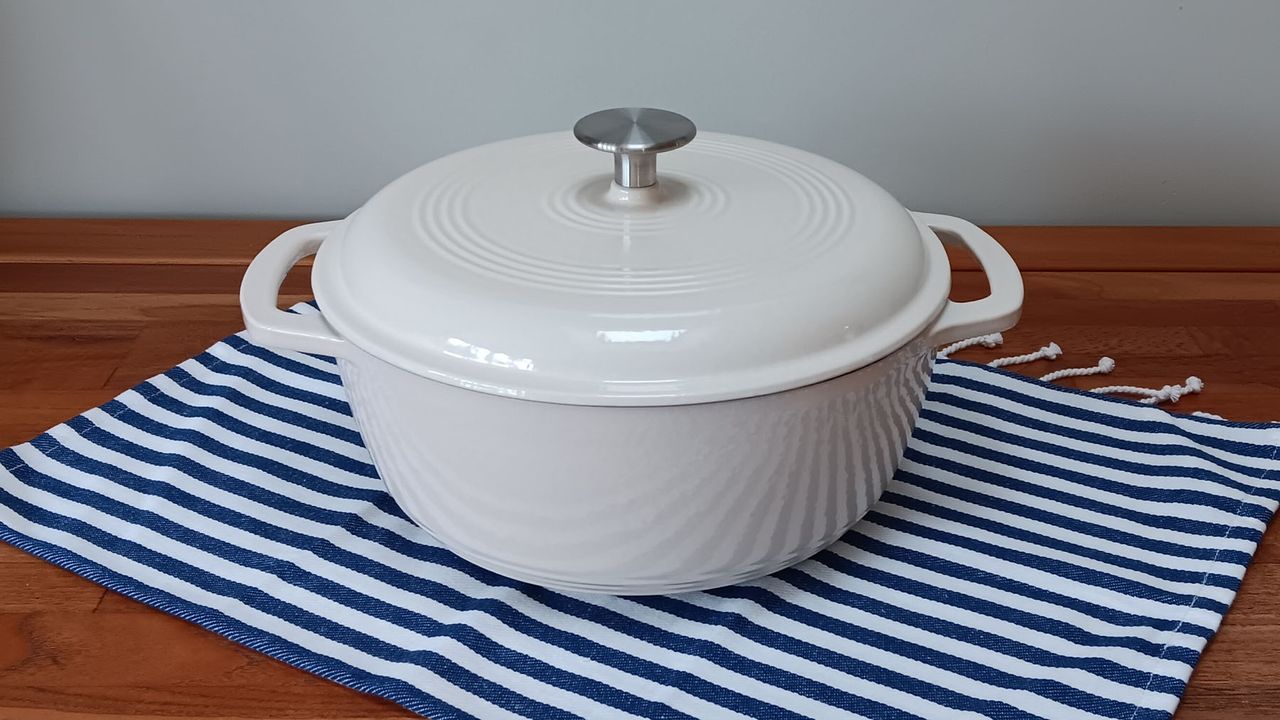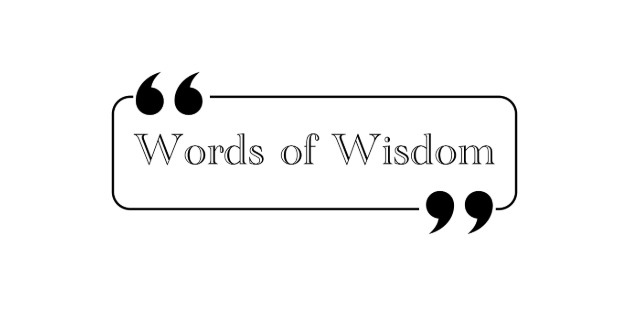Many home cooks are re-evaluating their kitchen essentials, opting to replace non-stick pans with cast iron cookware. This decision is driven by concerns over the durability and safety of traditional non-stick surfaces, especially as many have begun to show wear and tear. The shift towards cast iron has gained traction, particularly with the popularity of enameled cast iron cookware.
The appeal of cast iron lies in its impressive heat retention and versatility. For those who have transitioned to cast iron, like the author of this personal account, the benefits soon overshadow initial hesitations. While traditional cast iron skillets require seasoning, many are choosing enameled cast iron Dutch ovens, which offer a colorful aesthetic alongside practical cooking features.
The cost of enameled cast iron can vary. A 5.5-quart Signature Round Dutch Oven from Le Creuset retails for around $321 on Amazon, but budget-friendly alternatives, such as Amazon’s Basic 6-quart Dutch Oven, are available for as little as $49. These options allow cooks to enjoy the advantages of cast iron without overspending.
Reasons for the Shift to Cast Iron
There are several compelling reasons for the growing preference for cast iron cookware.
One significant advantage is its natural non-stick properties, which are particularly appealing to those concerned about harmful chemicals in traditional non-stick pans. Cast iron is free from PFAS, which can be released when non-stick cookware is scratched. While cast iron requires a different cooking approach—such as pre-heating the pan and using oil to prevent sticking—many users report fewer issues with food adhering to the surface.
Another notable benefit is the heat retention capabilities of cast iron. This type of cookware heats evenly, making it ideal for slow-cooking dishes such as stews, especially during the colder months.
The adaptability of cast iron also stands out. It can easily transition from stovetop to oven, allowing for a range of cooking methods. Whether searing meat on the stovetop and then finishing it in the oven or cooking a stew that starts on the cooktop, cast iron excels in versatility. Furthermore, it can withstand high temperatures, making it suitable for use over campfires or grills.
Longevity is another major factor. With proper care, traditional cast iron can last a lifetime. Regular maintenance, such as avoiding harsh chemicals and applying a light coat of oil, helps ensure that these pans remain in excellent condition. Enameled cast iron, while requiring a bit more care regarding the enamel coating, can also provide many years of reliable service.
Compatibility with Induction Cooktops
As more households consider switching to induction cooktops, it’s worth noting that cast iron cookware is compatible with this cooking technology. The magnetic properties of cast iron make it ideal for induction cooking, eliminating the need for new pans if one decides to upgrade their kitchen setup.
Brands like Lodge have established a reputation for quality cast iron cookware without the premium price tag associated with Le Creuset. A 10.25-inch traditional cast-iron skillet from Lodge can be purchased for approximately $24, while an 11-inch enameled cast iron skillet costs around $60 on Amazon.
The growing preference for cast iron cookware reflects a broader trend toward durable, versatile, and aesthetically pleasing kitchen tools. With numerous brands and styles available, home cooks are empowered to make informed choices that best suit their cooking needs and preferences. As more people discover the benefits of cast iron, it is likely that this cookware will continue to gain popularity in kitchens worldwide.







